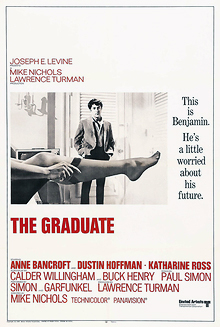
The Graduate is a 1967 American independent romantic comedy-drama film directed by Mike Nichols and written by Buck Henry and Calder Willingham, based on the 1963 novella by Charles Webb, who wrote it shortly after graduating from Williams College. The film tells the story of 21-year-old Benjamin Braddock, a recent college graduate with no well-defined aim in life who is seduced by an older married woman, Mrs. Robinson, but then falls for her daughter, Elaine.

Ben Hecht was an American screenwriter, director, producer, playwright, journalist, and novelist. A journalist in his youth, he went on to write 35 books and some of the most enjoyed screenplays and plays in America. He received screen credits, alone or in collaboration, for the stories or screenplays of some seventy films.

Elsa Sullivan Lanchester was a British actress with a long career in theatre, film and television.
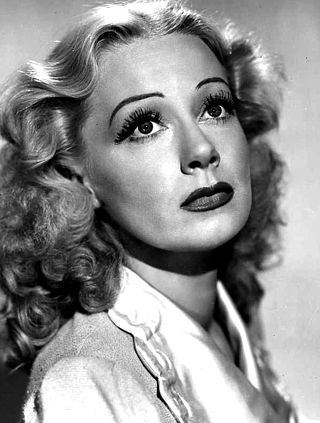
June Havoc was a Canadian-born American actress, dancer, stage director and memoirist.
John Lee Mahin was an American screenwriter and producer of films who was active in Hollywood from the 1930s to the 1960s. He was known as the favorite writer of Clark Gable and Victor Fleming. In the words of one profile, he had "a flair for rousing adventure material, and at the same time he wrote some of the raciest and most sophisticated sexual comedies of that period."

Edwin Eugene Lockhart was a Canadian-American character actor, playwright, singer and lyricist. He appeared in over 300 films, and received an Academy Award nomination for Best Supporting Actor for his role as Regis in Algiers (1938), the American remake of Pepe le Moko.

Nothing Sacred is a 1937 American Technicolor screwball comedy film directed by William A. Wellman, produced by David O. Selznick, and starring Carole Lombard and Fredric March with a supporting cast featuring Charles Winninger and Walter Connolly. Ben Hecht was credited with the screenplay based on the 1937 story "Letter to the Editor" by James H. Street, and an array of additional writers, including Ring Lardner Jr., Budd Schulberg, Dorothy Parker, Sidney Howard, Moss Hart, George S. Kaufman and Robert Carson made uncredited contributions.
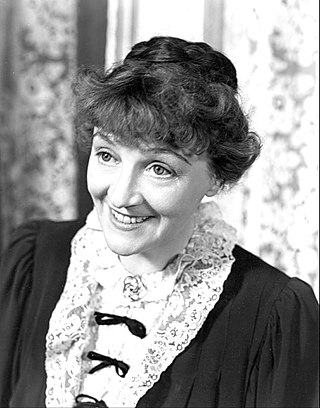
Eileen Cecilia "Patricia" Collinge was an Irish-American actress and writer. She was best known for her stage appearances, as well as her roles in the films The Little Foxes (1941) and Shadow of a Doubt (1943). She was nominated for an Academy Award and won a NBR Award for The Little Foxes.
Harold Adolphe Hecht was an American film producer, dance director and talent agent. He was also, though less noted for, a literary agent, a theatrical producer, a theatre director and a Broadway actor. He was a member of the Academy of Motion Pictures Arts and Sciences and the Screen Producers Guild.

Dr. Jekyll and Mr. Hyde is a 1920 American silent horror film produced by Famous Players–Lasky and released through Paramount/Artcraft. The film, which stars John Barrymore, is an adaptation of the 1886 novella Strange Case of Dr Jekyll and Mr Hyde by Robert Louis Stevenson. John S. Robertson directed the production, and Clara Beranger wrote the screenplay, based on the 1887 stage play by Thomas Russell Sullivan that in turn was based on the novel.
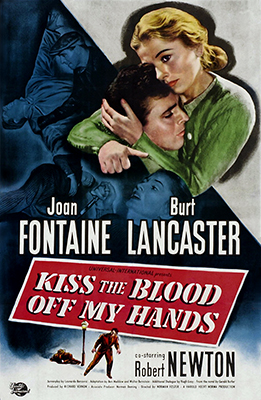
Kiss the Blood Off My Hands is a 1948 American noir-thriller film directed by Norman Foster. Based on the best-selling novel of the same name by Gerald Butler, it stars Joan Fontaine, Burt Lancaster, and Robert Newton. The film faced minor opposition from fundamentalist groups in the United States and the Commonwealth, with regard to its gory title. In some markets, the film was released under the alternate titles The Unafraid or Blood on My Hands.
Jeannie Carson is a British-born retired comedian, actress, singer, and dancer. She has a star on the Hollywood Walk of Fame.

Phyllis Nagy is an American theatre and film director, screenwriter and playwright. In 2006, Nagy was nominated for the Primetime Emmy Award for writing and directing Mrs. Harris (2005), her screen debut. In 2016, Nagy received an Academy Award nomination, among numerous other accolades, for Best Adapted Screenplay for the 2015 film Carol.

O. Henry's Full House is a 1952 American anthology film made by 20th Century Fox, consisting of five films, each based on a story by O. Henry.
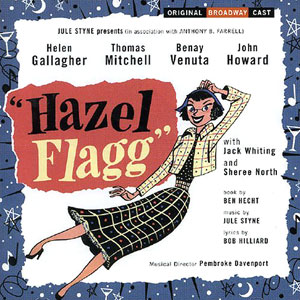
Hazel Flagg is a 1953 musical, book by Ben Hecht, based on a story by James H. Street. The lyrics are by Bob Hilliard, and music by Jule Styne. The musical is based on the 1937 screwball comedy film Nothing Sacred, the primary screenwriter of which was Ben Hecht.

Blood Alley is a 1955 American seafaring Cold War adventure film produced by John Wayne, directed by William A. Wellman, and starring Wayne and Lauren Bacall. The film was distributed by Warner Bros. and shot in CinemaScope and Warnercolor. The film depicts a voyage from Chiku Shan, a village on the Communist Chinese coast, all the way to Hong Kong via the Formosa Strait.

Clare Frances Elizabeth Higgins is an English actress. She is a three-time winner of the Olivier Award for Best Actress; for Sweet Bird of Youth (1995), Vincent in Brixton (2003), and Hecuba (2005). She made her Broadway debut in 2003 in Vincent in Brixton, receiving a Tony Award nomination for Best Actress in a Play.
Driving Miss Daisy is a play by American playwright Alfred Uhry, about the relationship of an elderly Southern Jewish woman, Daisy Werthan, and her African-American chauffeur, Hoke Coleburn, from 1948 to 1973. The play was the first in Uhry's Atlanta Trilogy, which deals with Jewish residents of that city in the early 20th century. The play won the 1988 Pulitzer Prize for Drama.

Design for Living is a 1933 American pre-Code romantic comedy film directed by Ernst Lubitsch from a screenplay by Ben Hecht, based on the 1932 play of the same name by Noël Coward. Starring Fredric March, Gary Cooper, and Miriam Hopkins, the film is about a woman who cannot decide between two men who love her, and the trio agree to try living together in a platonic friendly relationship.

Saving Mr. Banks is a 2013 biographical drama film directed by John Lee Hancock and written by Kelly Marcel and Sue Smith. Centered on the development of the 1964 film Mary Poppins, the film stars Emma Thompson as author P. L. Travers and Tom Hanks as film producer Walt Disney, with supporting performances by Paul Giamatti, Jason Schwartzman, Bradley Whitford, Colin Farrell, Ruth Wilson, and B. J. Novak. Deriving its title from the father in Travers's story, Saving Mr. Banks depicts the author's tragic childhood in rural Queensland in 1906 and the two weeks of meetings during 1961 in Los Angeles, during which Disney attempts to obtain the film rights to her novels.
















